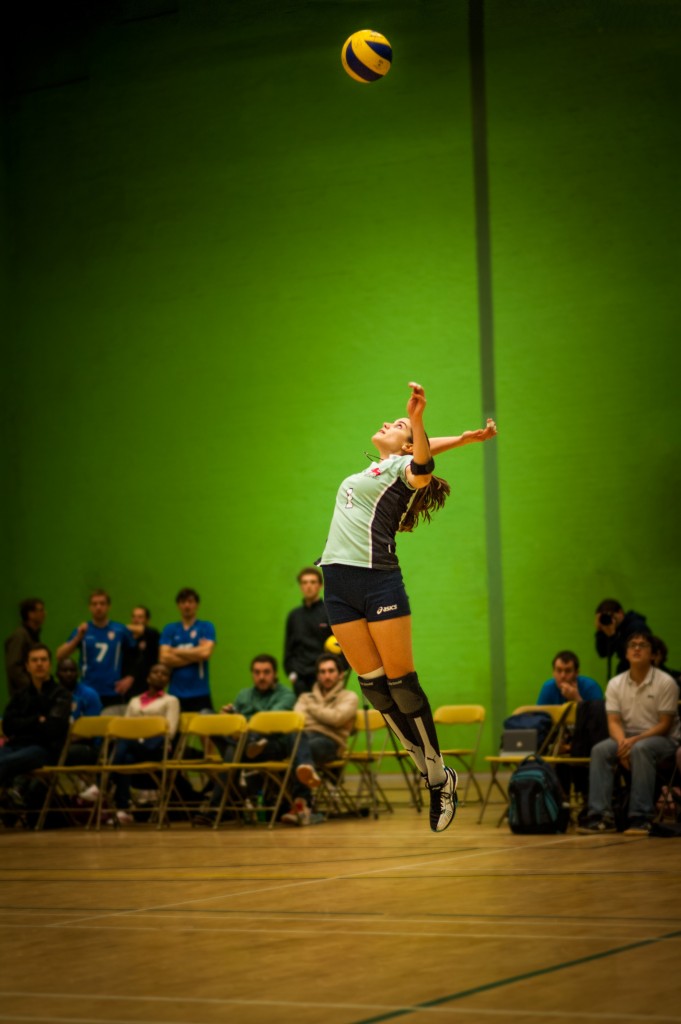
Yesterday I got the chance to go to Oxford with the Cambridge University Volleyball Club to photograph their varsity match. Now this sounded like too much fun to pass up. I even managed to book in a lunch with my old colleague Anders Sandberg (check out his blog), who now works in “that other place”. Since Agata’s team would not be playing until after five, I got plenty of time to wander around in the city with my camera. Unfortunately the weather gods decided to place some rain clouds over Oxford, so my camera got both cold and wet. It turned out alright, but I had to dry it off with a napkin, and then leave it in the bag for a while to heat up, and even then there was plenty of condensation on the lens that I had to wipe off. Not the best way to treat your camera, I should have seen that coming.
The girls were playing at the Oxford Sports Centre, which has no windows and is lit from the roof by fluorescent light. I have not done proper sports photography before, so I did a quick googling the day before and found out that the recommended shutter time to freeze action seemed to be around 1/500 seconds. That was going to mean I had to use a big aperture, and also push the ISO a bit higher.
There were a few important lessons I would learn during the day. It turns out that my autofocus is a bit slow, and sometimes struggled to lock on. I missed several nice photos because the camera wouldn’t take the shot. The answer to that was of course to frame the shot before the serve, and wait for the action to start while holding the shutter half-way down, locking focus, ready to capture the moment. Sounds easy enough. Another thing I learned was that the girls must rotate their positions on the field between serves, but once the ball gets going they run over to their preferred positions. So there you carefully focus on one of them, and as soon as the action starts, she runs out of focus, or even out of the frame! They were not making it easy for me.
After a while I gave up on autofocus and switched my camera to manual focus. The first five minutes or so were not pretty. I was madly turning the focusing ring this way and that, trying to catch the action, my focus was all over the place. After a while I became more systematic, I started checking the lines on the ground to learn how much I needed to turn the dial to go from focusing on one side of the court to the other. Between the serves I practised turning the focusing ring to focus: back, front, back, front. It was still hit and miss, but at least I felt I had a chance. Another useful function that I remembered after a while was the little button that allows me to close down the aperture while looking in the viewfinder, the depth of field preview button. This allowed me to define a sharp region of the playing field that I then watched for a while hoping something interesting would happen, before refocusing and trying another region of the field. I discovered that it was all too easy to end up focusing on the wall on the far side. The day had started with my camera set to the largest aperture (f1.8 on this lens), but I progressively switched to a smaller aperture to give me more depth of field, and also started experimenting with shutter times in the range of 1/250 to 1/500 seconds. As a consequence ISO kept getting pushed higher and higher.
Another very important thing to get the shot was to try and anticipate the game. Normally I look through the viewfinder with my left eye when photographing, but after a while I switched to using my right eye, while still keeping my left open. It felt a bit weird, but that gave me more of a sense of what was going on in the field outside of my frame. I really wanted to catch someone diving for the ball, but that turned out to be quite tricky to anticipate. It was easier to get a smash or block. The other thing I was looking for was expression of emotions, the joy on their faces after scoring a point, that determined look when it did not go their way, or surprise when something completely unexpected happened. It was all there, distilled to its purest form on the court.
If I could I would have wanted to sit under the net and photograph, but of course I could not do that. The fact that I was only using two prime lenses further restricted my options. I started with my 85mm lens, to get in close on the action, but towards the end I switched to the 50mm and suddenly it was so much easier to get all the action in the frame. I have shot so much with the 50 mm that it just looks right and I sort of know how the picture will look by framing it in my mind. In the beginning I shot from just behind the referee by the side of the net, but I think my favourite position was a few meters away from the net along the court side, so that I could get more of an overview of the net-action. I also experimented with shooting through the net to see their faces from the front.
The ladies won their match after five sets, it was quite exciting at the end. Here are some of my favourite photos from the game.
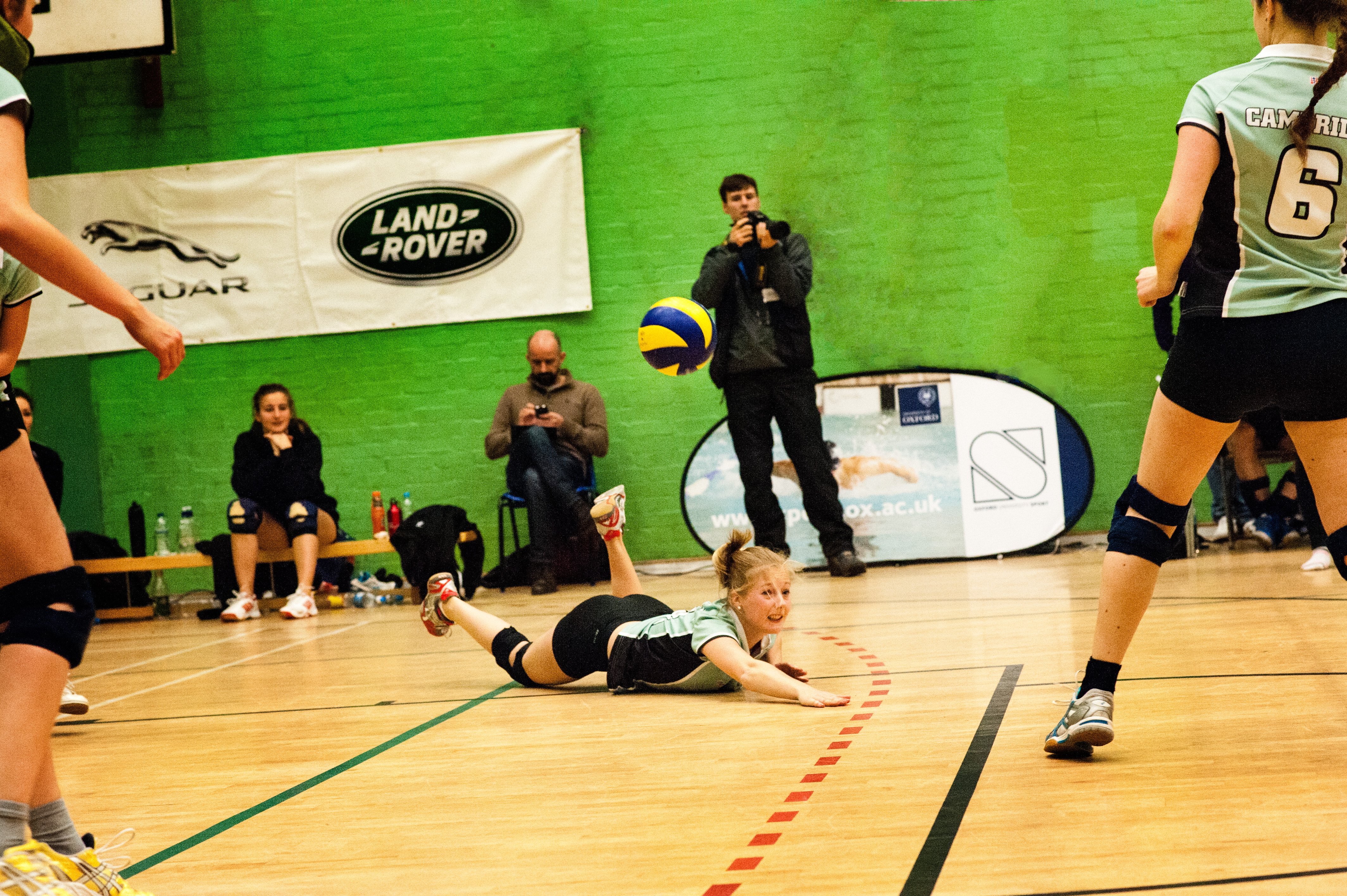
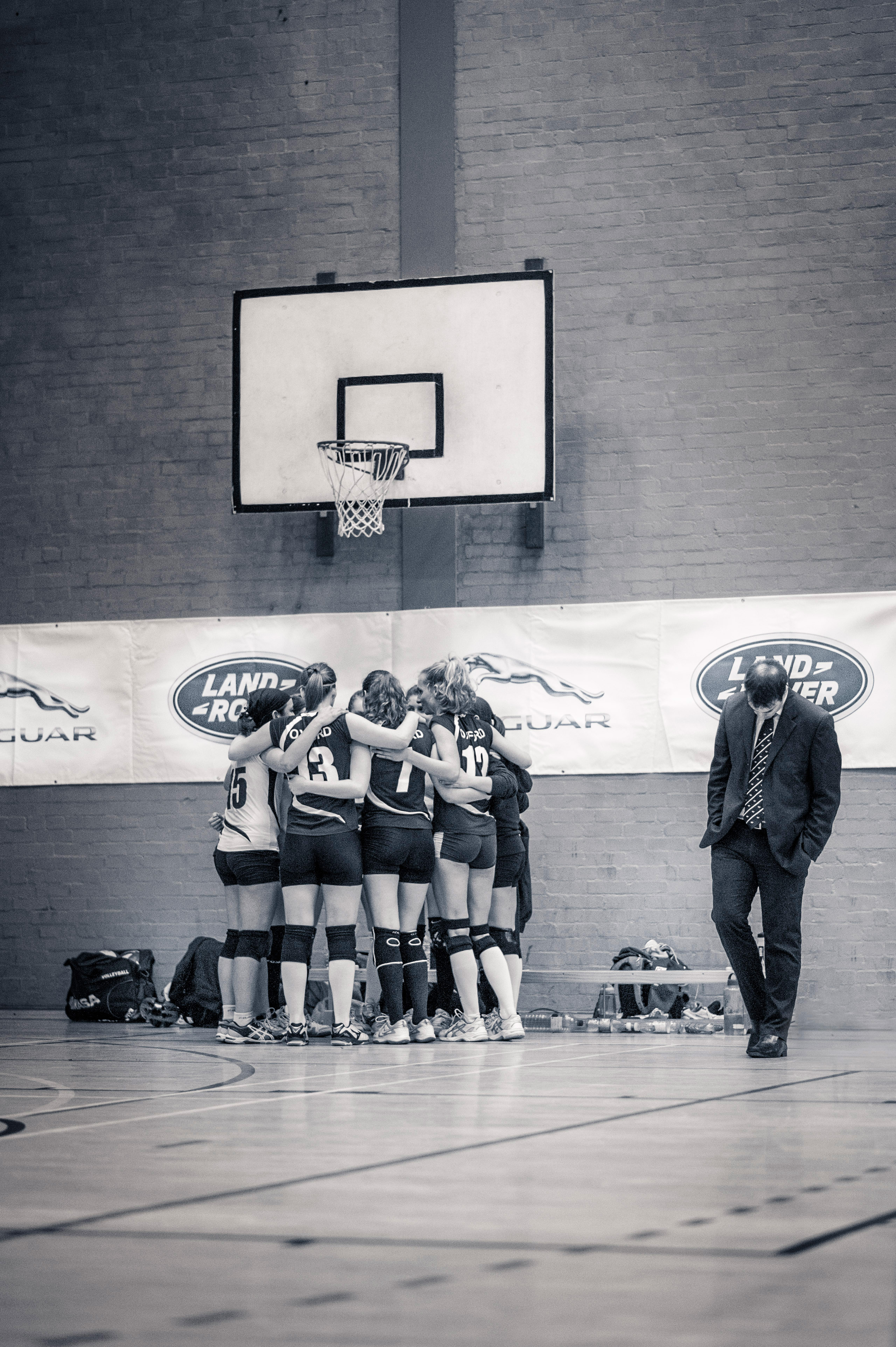
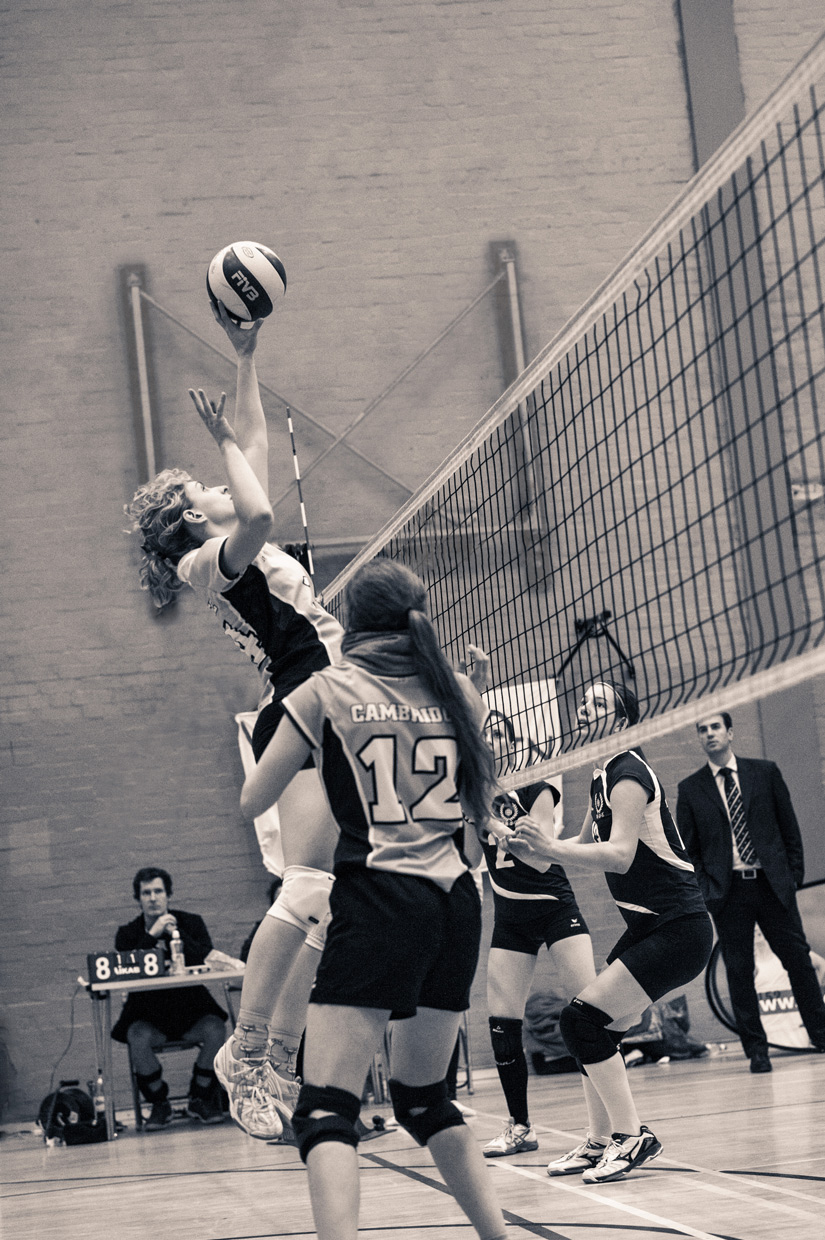
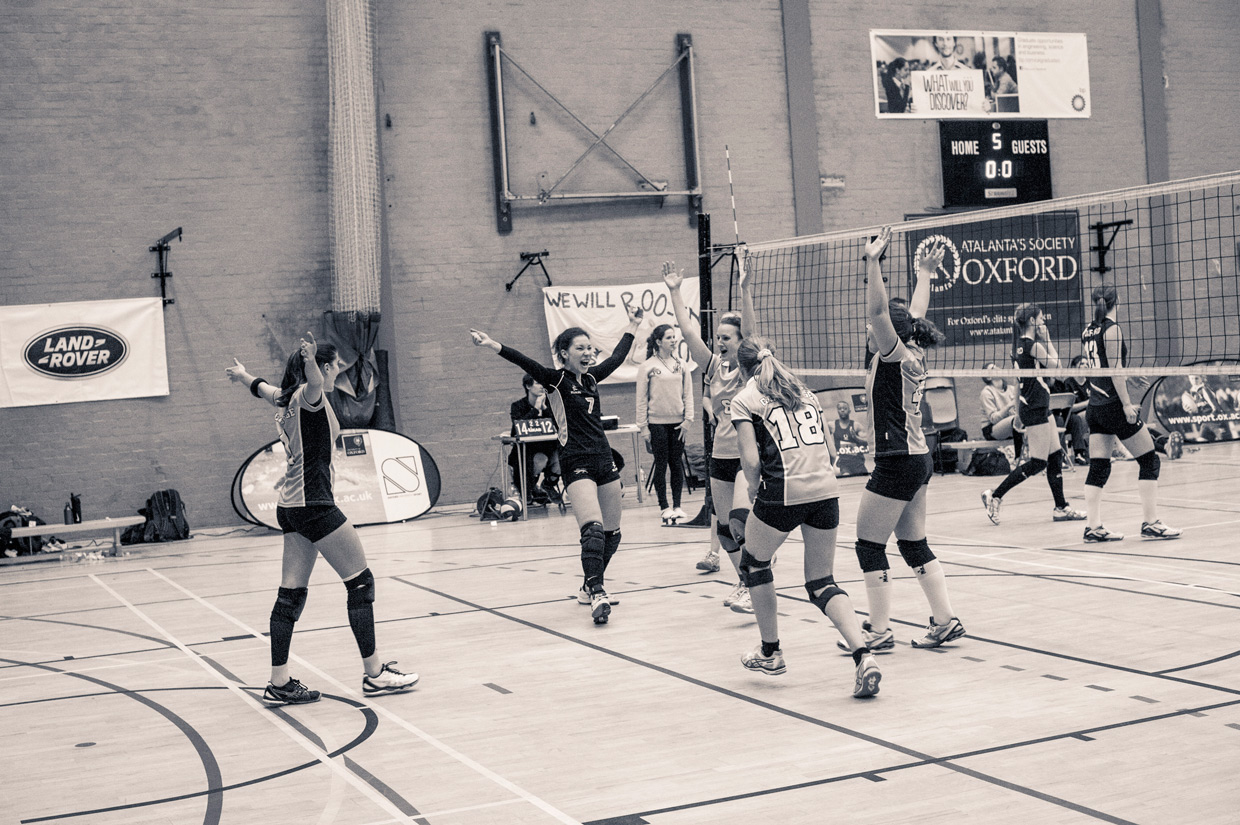
During my PhD studies we were playing “innebandy”, floor ball, every week, and one time I brought my camera with me. Back then I was shooting on my D40 with the standard kit-lens. What I found was that when I shot zoomed in, all my shots were blurry, but when I shot with the lens at the widest angle the shots were sharp. That was a bit of a revelation, in retrospect it might be obvious, but it got me thinking about light, and eventually led me to buying my first prime lens. The very same lens I was using to shoot this game.
If you want to try to shoot sport photography, get in touch with a local sport club. I am sure they would love some good photos from their games. It is a challenge, but I had a great time doing it. Plus I felt like I learned a lot from it, things that could be applicable in other situations also.
/Johannes
Be First to Comment